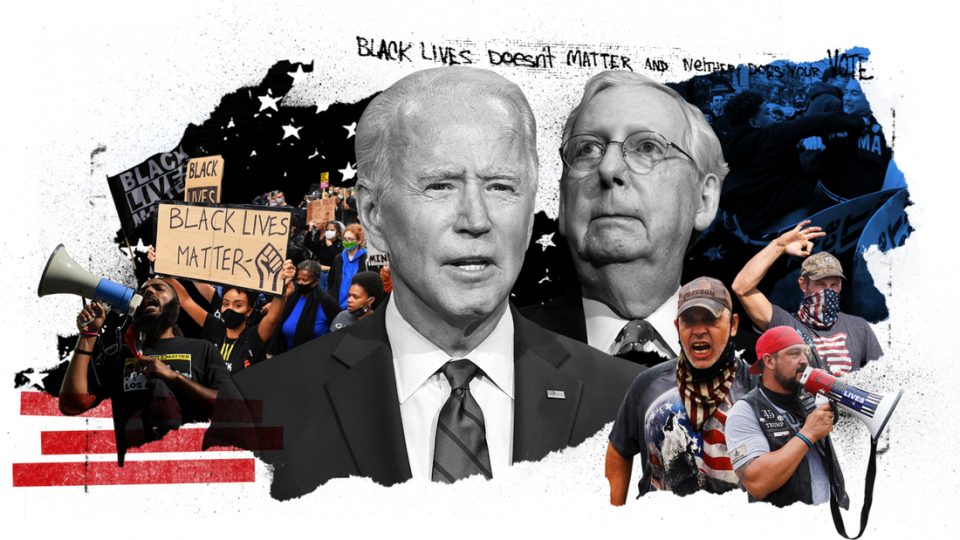In a sane society, common pain should lead to common purpose. And common purpose should lead to common projects and solutions. That kind of breakthrough is possible, but only if dedicated Americans from all political traditions join forces to confront the acute pain in our society: the virus, the addiction crisis, the poverty, the broken justice system — to name a few.
If we are going to mend these ideological fissures, we cannot continue to play into the current “us vs. them” dynamic. We need to invest in an alternative. That alternative will arise from a solution-oriented, positive kind of populism — one that puts truth above tribalism, results over rhetoric, and people over partisanship.
We need a “bipartisanship from below” approach. We need the kind of alliances that ordinary people discover when they reach out to solve the deadly serious problems that land on their doorsteps. That kind of solidarity emerges — however conditionally — when good people help one another as neighbors, as Americans, as human beings.
But that’s not true. Today’s bipartisanship is actually supported by strong partisans, not by weak moderates. And it is driven from below, by desperate outsiders whose communities have been let down and left out for generations.
I’ve had my share of success working with “the other side.” Here are a few key lessons I’ve learned about how to make that a success:
1. Common pain should lead to common purpose. We need to pay less attention to the politics at the top and more attention to the pain at the bottom. Pick tough issues that neither party has been able to solve. Only the most principled people in either party will touch those causes, so you will start out with great partners.
2. Separate battleground issues from common ground issues. Some issues are still hot and divisive. State your differences on those issues — and then move onto areas where you can get something done. You can fiercely oppose someone on a battleground issue and still work with them on a common ground issue.
3. Don’t convert. Cooperate! Don’t try to make other people adopt your worldview just to work on a problem together. I’ve found, for instance, that progressives working to fix the prison system are often motivated by empathy and a desire for racial justice. On the other hand, conservatives often want fiscal restraint, less government overreach, and second-chance redemption for fallen sinners. We have different reasons, but we want the same result. Let that be good enough.
4. Start human, stay human. Respect that whoever you are working with on the other side has noble ideals and values. Don’t make them bear the cross for the misdeeds of the worst elements in their own party. They can’t control their yahoos any more than you can control yours. And when disagreements arise, don’t call people out based on your set of principles. If anything, try to call them up to a higher commitment — inviting them to better honor their own principles.
There are at least four areas where Americans could make progress:
Covid vaccine
Addiction
There remains great wisdom in urban America about how to respond compassionately and effectively to people trapped by drugs. Sadly, many rural White leaders have not yet had the good sense (or national contacts) to reach out to Black America for help. And Black, brown and urban leaders have not yet had the heart (or bandwidth) to offer it. But a rural-urban alliance to tackle the addiction crisis would have great appeal and power.
Mental health
Intergenerational poverty
Finally, there’s intergenerational poverty — from Appalachia to the inner city. The truth is that there is no such thing as a liberals-only or conservatives-only solution to entrenched poverty.
We need each other. To uplift those whom Jesus called “the least of these,” we don’t have to convert or annihilate each other. Liberals can stay liberal; conservatives can stay conservative. Liberals fight for social justice, while conservatives fight for liberty. Both traditions are necessary for America to have liberty and justice for all.
To end the food fight at the top of our political parties, we need strong partisans at the bottom working together. Bottom-up bipartisanship can solve the problems that top-down bipartisanship created. Common pain at the grassroots level can lead to common purpose, common ground and common-sense solutions. Now more than ever.


